Puzzles are a timeless and enriching activity for children of all ages. They strengthen fine motor skills, boost concentration, foster patience, and build self-confidence. But with so many formats available (30, 110, 252, 500, or 1000 pieces), how can you determine which puzzle is right for a 3-year-old, a 6-year-old, or a teenager? In this article, we’ll explore at what age a child can do a puzzle and which piece count is most suitable for different age groups.
1. Why Are Puzzles Beneficial for Children?
- Cognitive Development: Puzzles train logic, problem-solving, and shape/color recognition.
- Fine Motor Skills: Handling puzzle pieces refines hand-eye coordination and finger dexterity.
- Patience & Perseverance: Children learn to tackle a challenge and persevere until it’s complete, boosting self-esteem.
- Family Bonding: Working on puzzles together encourages communication and teamwork.
- Creativity & Self-Esteem: Completing a picture—especially a personalized puzzle—gives children a sense of pride in their accomplishment.
- Read more about the benefits in our article about the cognitive benefits of puzzles for kids
2. Under 3 Years Old
For children under 3, most experts recommend simple wooden puzzles with fewer than 10 pieces. However, if you only have access to 30-piece puzzles or larger, consider doing it together as a fun introduction:
- Below 2 Years: A child usually cannot complete a puzzle independently at this age, but they can enjoy looking at the pieces or matching colors with an adult’s guidance.
- 2–3 Years: A 30-piece puzzle is still quite advanced. Make it a family activity: let them place a piece or two, and celebrate every small success. At this age, children typically begin to recognise themselves in a mirror or photo
3. 30-Piece Puzzles: Ages 3–5
Once a child is around 3 or 4, a 30-piece puzzle becomes more feasible, especially if the pieces are large enough. Here’s why this size is great for preschoolers:
- Recommended Age: 3 to 5 years.
- Skill Development: Recognizing edges and corners, matching simple shapes and colors.
- Helpful Tip: Work alongside them at first so they understand how to piece everything together.
4. 110-Piece Puzzles: Ages 6–8
By age 6 or so, kids are ready for a greater challenge. A 110-piece puzzle strikes a nice balance between fun and complexity:
- Recommended Age: 6 to 8 years.
- Why It Works: Children can often complete it on their own, developing focus and problem-solving skills.
- Extra Motivation: Personalized puzzles featuring their photo or name increase enthusiasm.
5. 252-Piece Puzzles: Ages 9–12
For kids who understand puzzle basics and want a moderate challenge, a 252-piece puzzle offers:
- Recommended Age: 9 to 12 years.
- Time & Patience: They’ll need a bit longer to complete it, perfect for a weekend activity.
- Focus on Strategy: Encourage sorting pieces by color or starting from the borders.
6. 500-Piece Puzzles: Ages 13+ (Great for Families)
- Recommended Age: 13 and up, though a dedicated younger child could try with supervision.
- Family Bonding: A 500-piece puzzle is a fun group project for weekends or holidays.
- Endurance & Concentration: It’s a step up in complexity, teaching teens perseverance and focus.
7. 1000-Piece Puzzles: Teens & Adults
- Advanced Level: Often recommended for teens 14+ and adults.
- Long-Term Project: Completing a 1000-piece puzzle can take multiple sessions, especially if the image is detailed.
- Satisfaction: Finishing a personalized puzzle of this size is hugely rewarding and can be framed as a keepsake.
8. What If Your Child Wants a Harder Puzzle?
Children sometimes want to jump ahead. Perhaps your 4-year-old is fascinated by a 110-piece puzzle, or your 8-year-old wants to tackle 252 pieces. That’s fine—as long as it remains enjoyable and not frustrating:
- Provide guidance and tips, such as grouping similar colors.
- Celebrate progress, even if the adult does most of the work.
- Encourage them to learn by observing, then let them place pieces themselves.
9. Quick Reference: Piece Counts & Ages
| Pieces | Recommended Age | Comments |
|---|---|---|
| 30 pieces | 3–5 years | Great starter puzzle for preschoolers. Parental help at first. |
| 110 pieces | 6–8 years | A nice challenge, boosts concentration and problem-solving. |
| 252 pieces | 9–12 years | Requires patience; excellent for a longer family activity. |
| 500 pieces | 13+ | More complex; fantastic for teens or family puzzle night. |
| 1000 pieces | Teens & Adults | A serious, rewarding challenge. Frame the result for décor! |
10. Making Puzzles a Family Experience
Puzzles can be a fun solo pastime, but doing them together creates a special bond:
- Team Effort: Encourage each family member to focus on a specific color or corner.
- Shared Pride: Celebrating each section completed builds confidence for everyone.
- Personalized Fun: A puzzle featuring your child’s photo or artwork makes the experience even more meaningful.
11. Conclusion
Every child develops at their own pace, but these guidelines help you pick a puzzle they’ll enjoy rather than find too frustrating. A 3-year-old can start with a 30-piece puzzle (with supervision), while a 6- or 7-year-old may thrive on 110 pieces. As kids get older, 252, 500, or even 1000 pieces become exciting challenges—often best tackled with family and friends.
What matters most is keeping the experience positive. If the puzzle is too complex, join in the fun and guide your child. And if you want to make it extra special, consider a personalized puzzle so they can watch a familiar scene (or their own face!) come together piece by piece.
Happy puzzling!

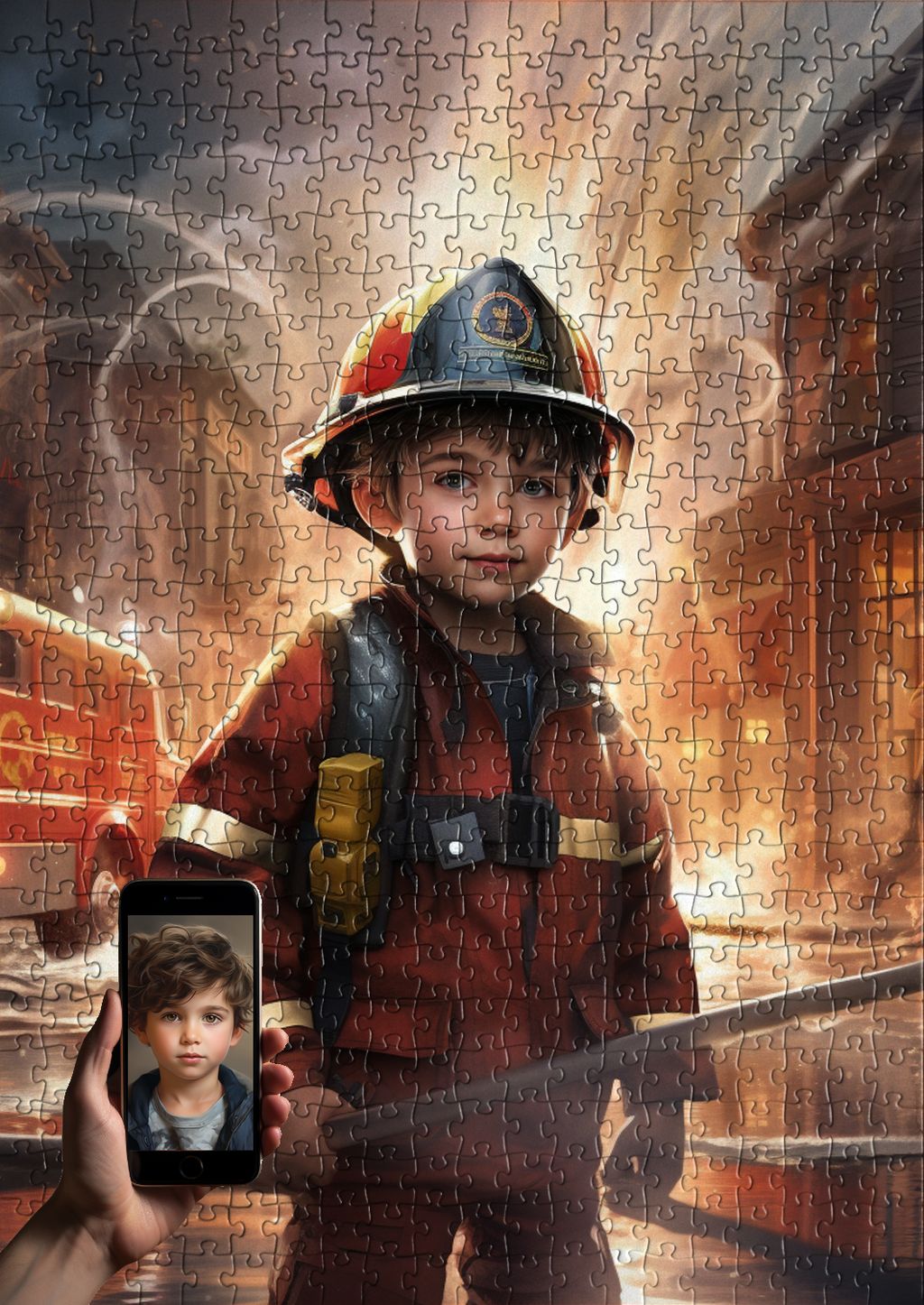
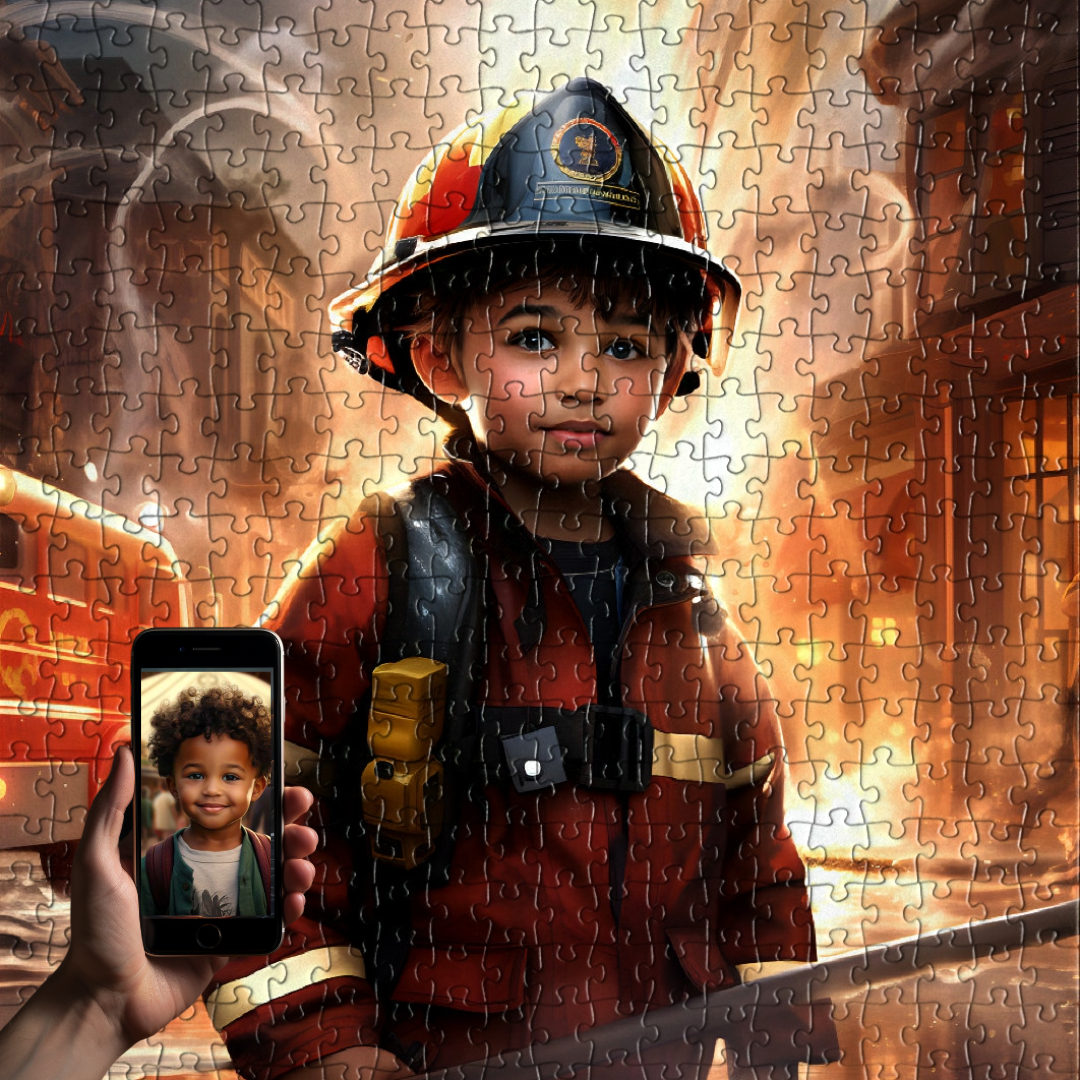
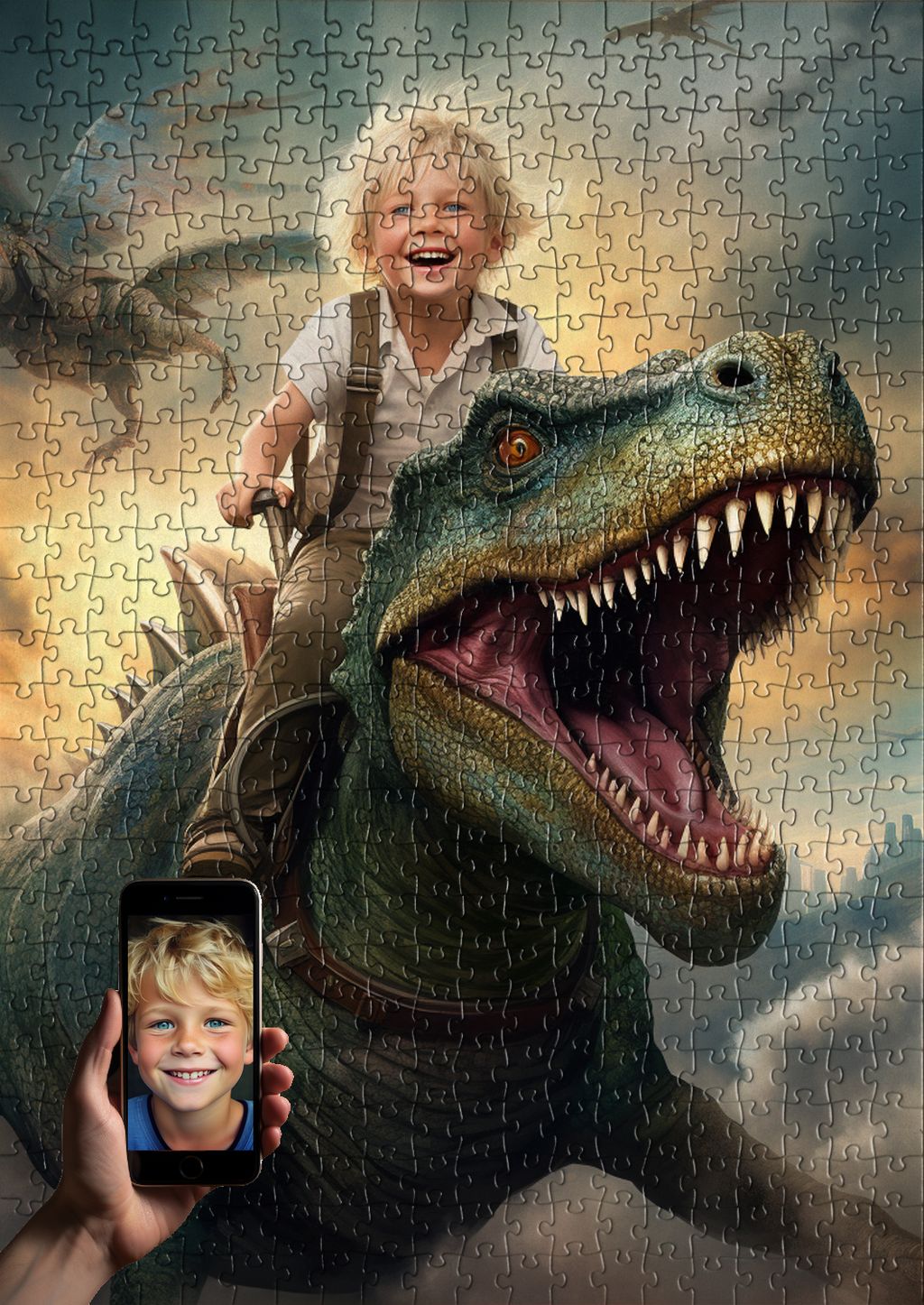

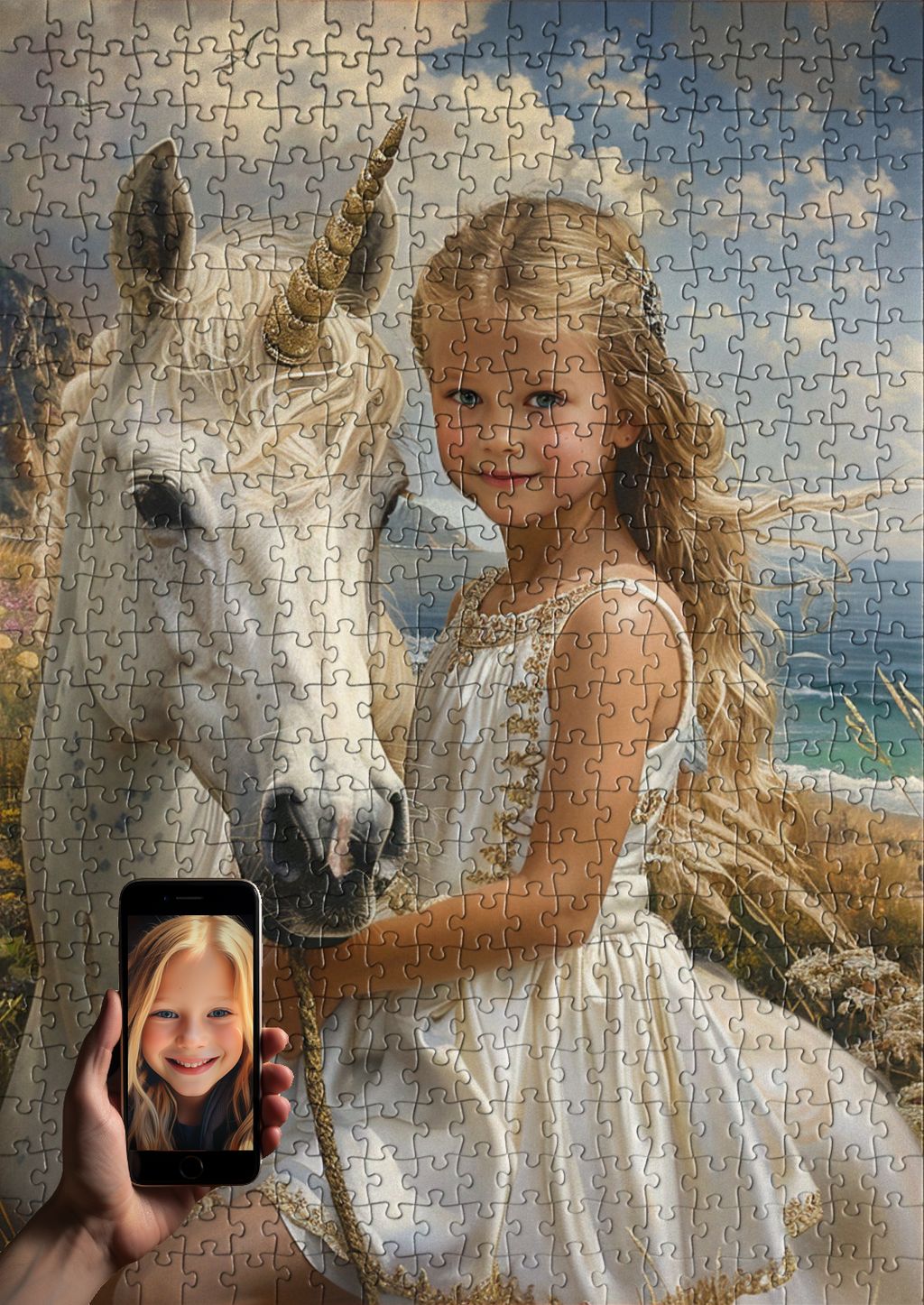
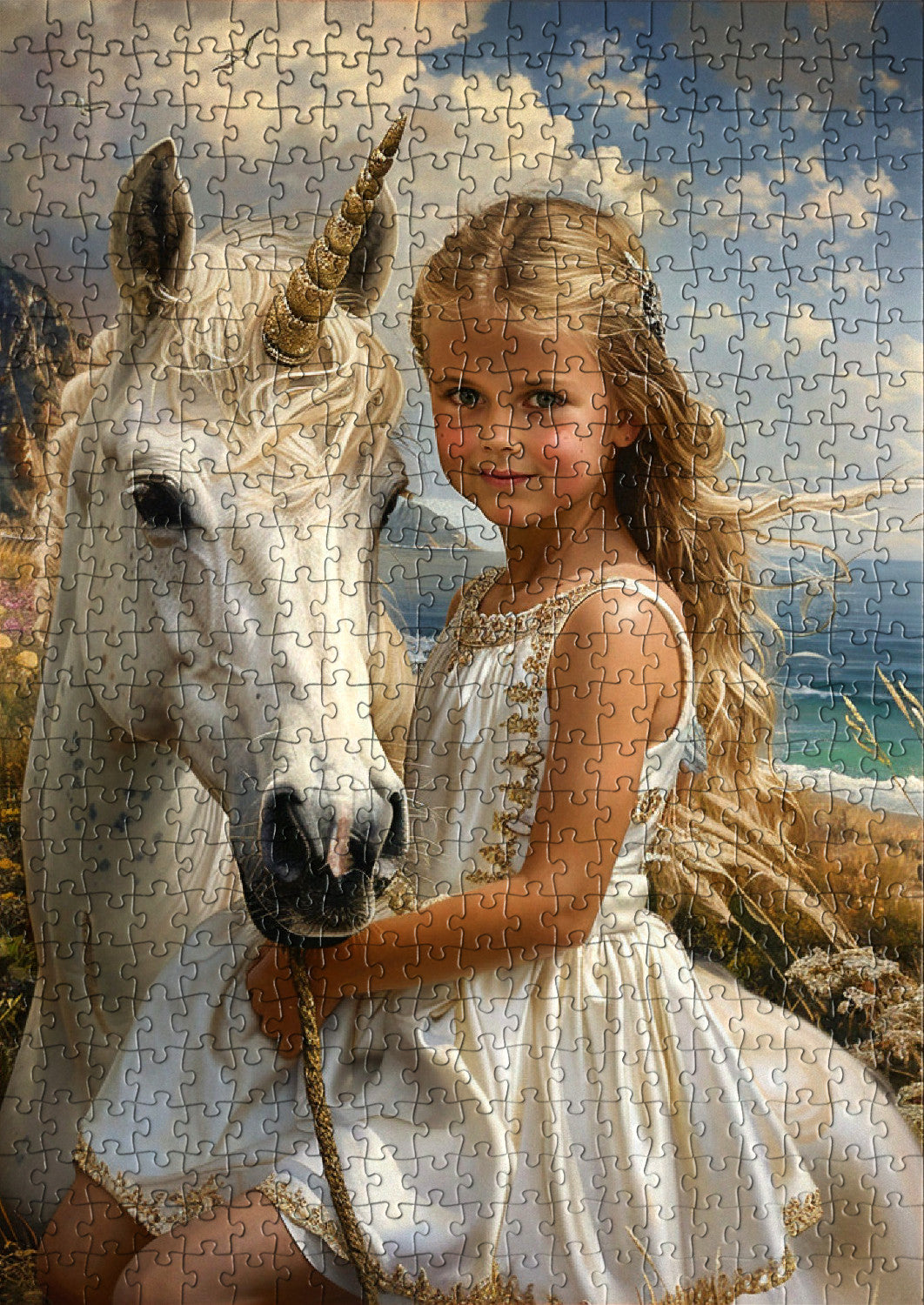

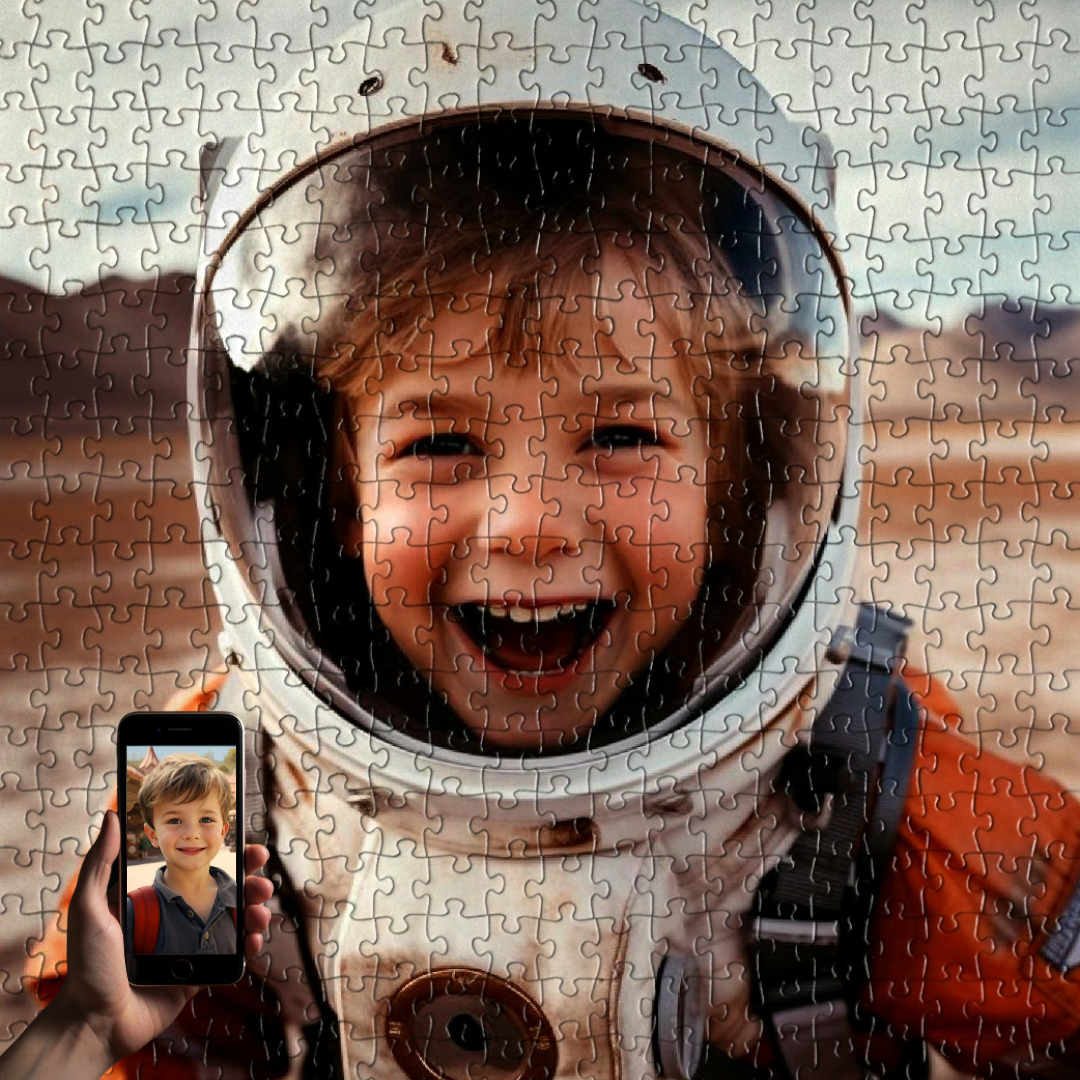
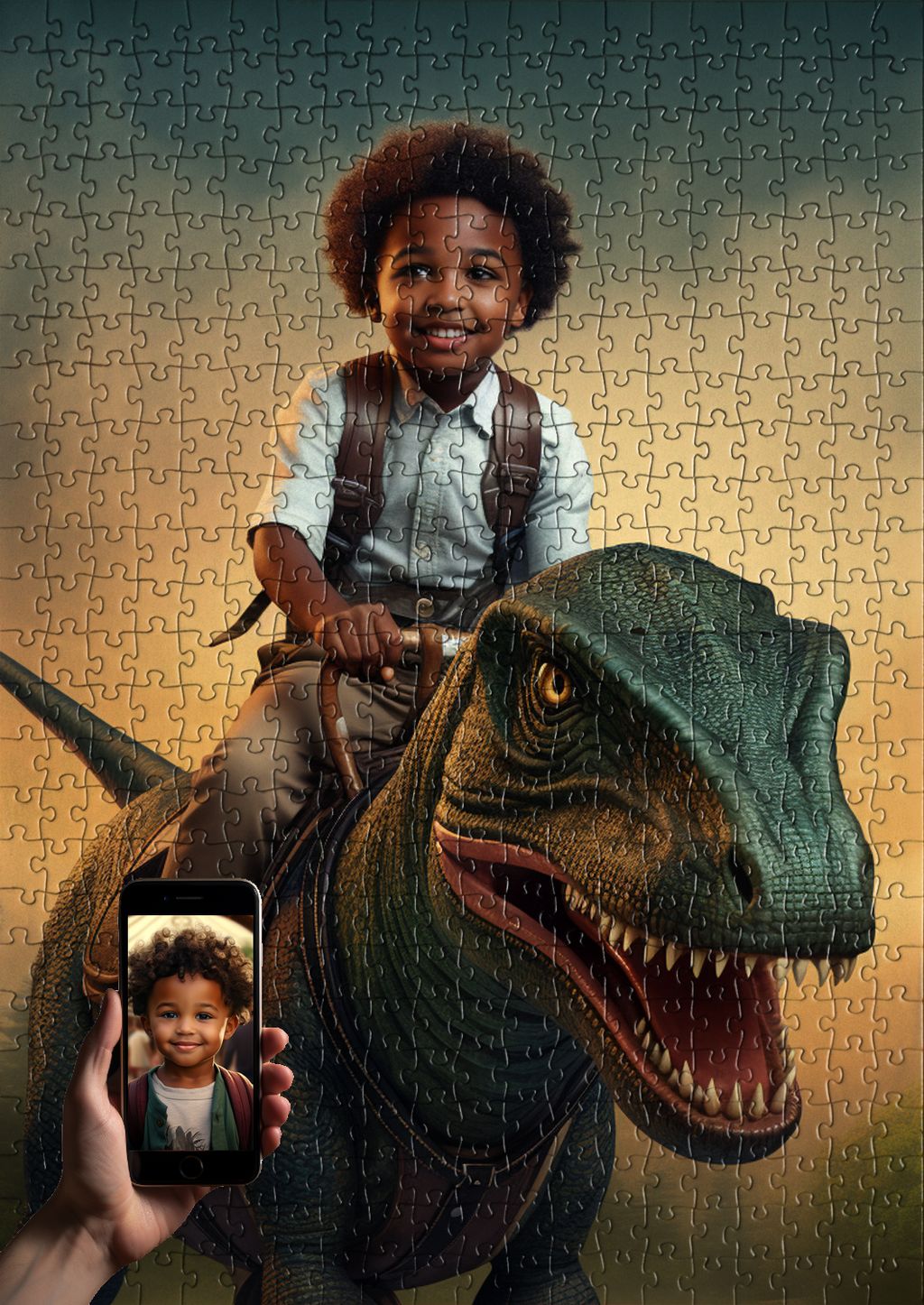
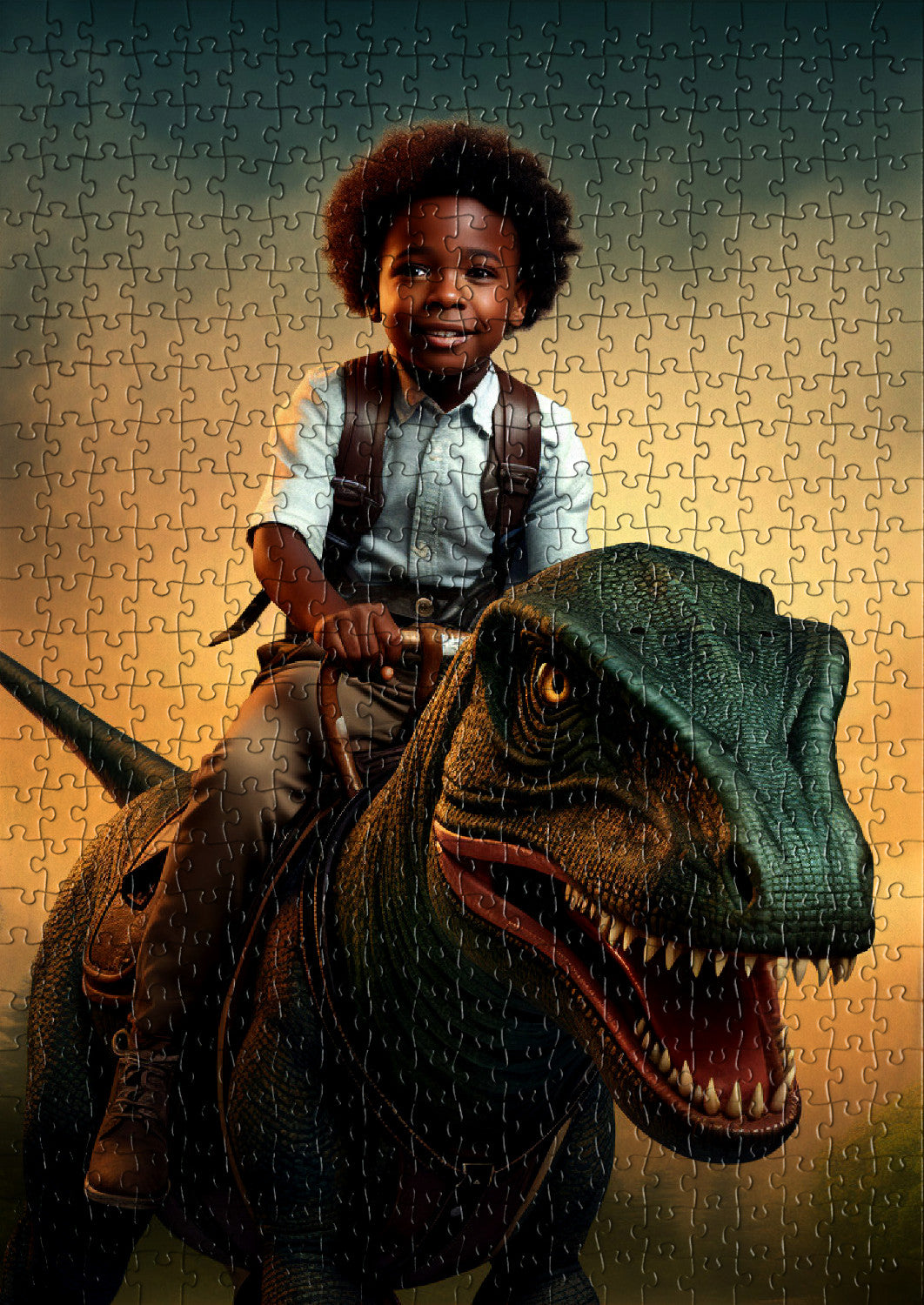
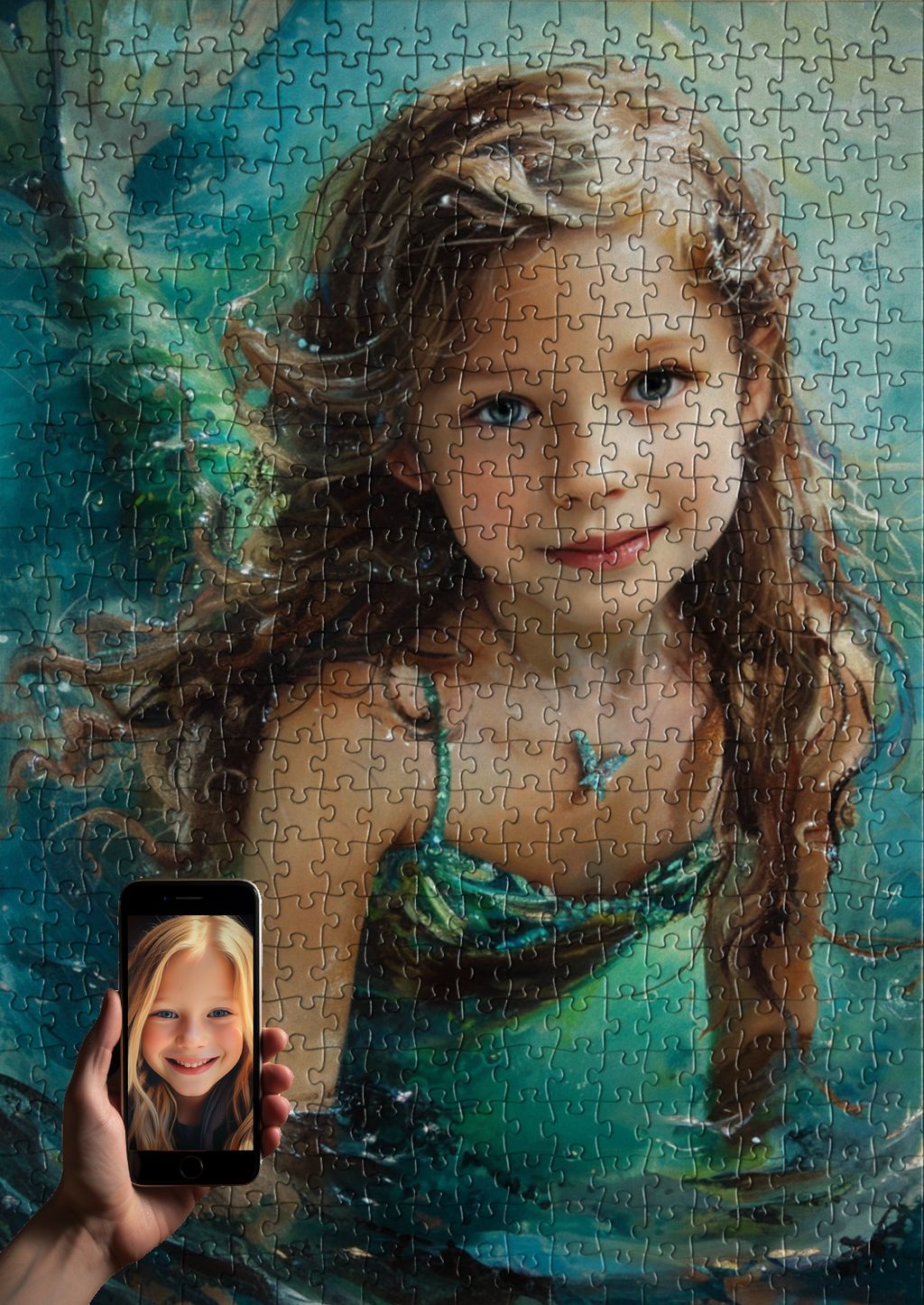
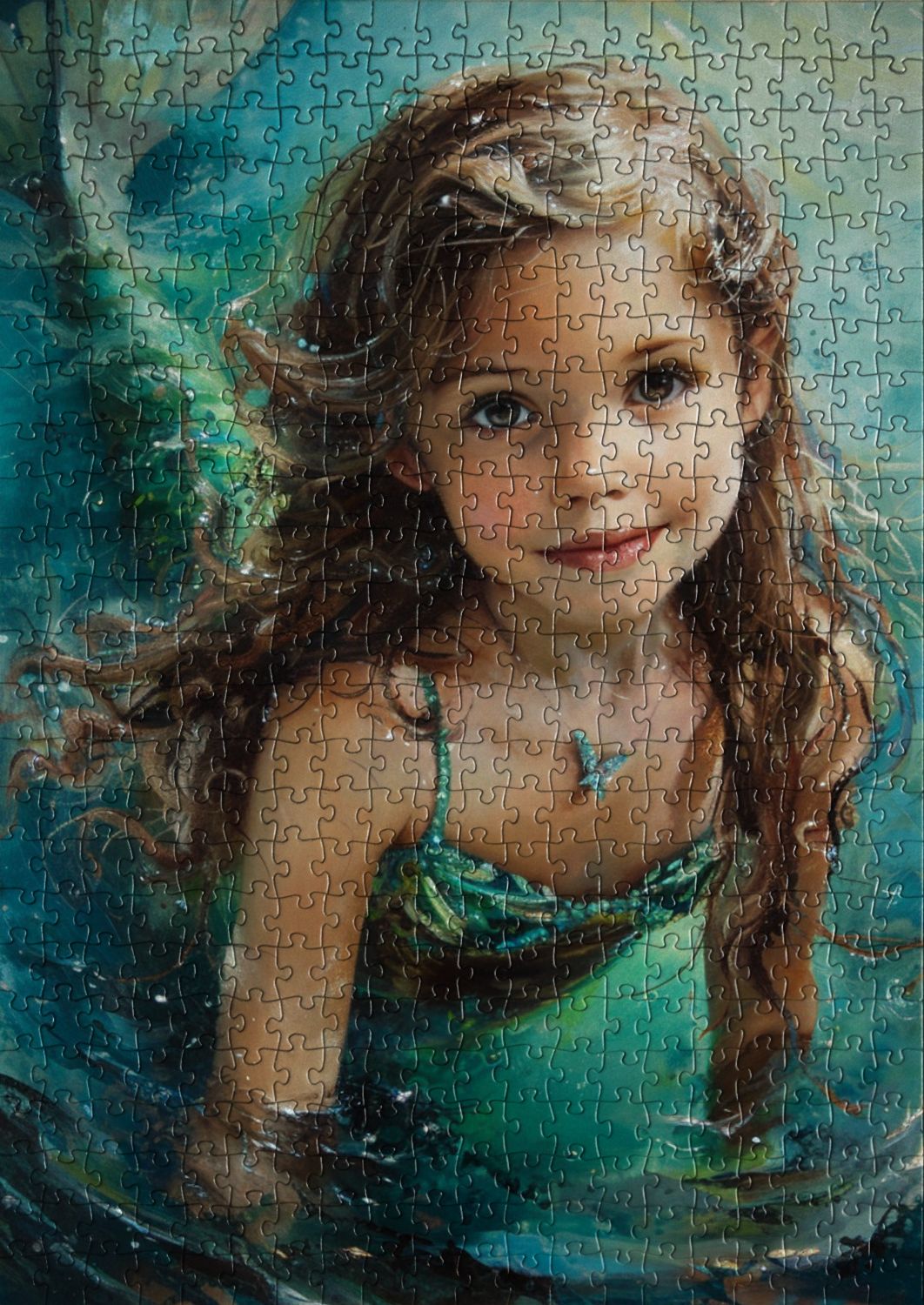

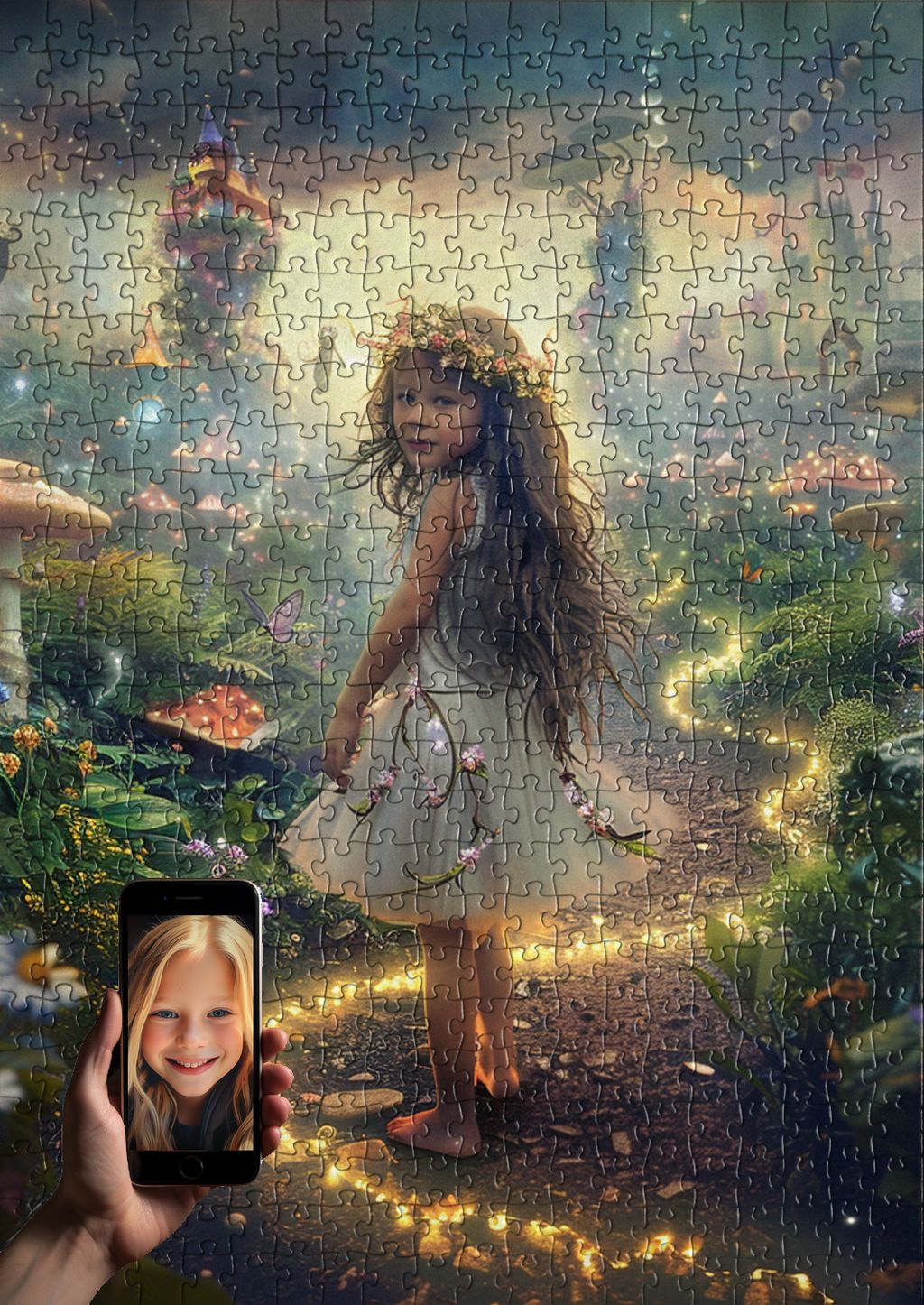
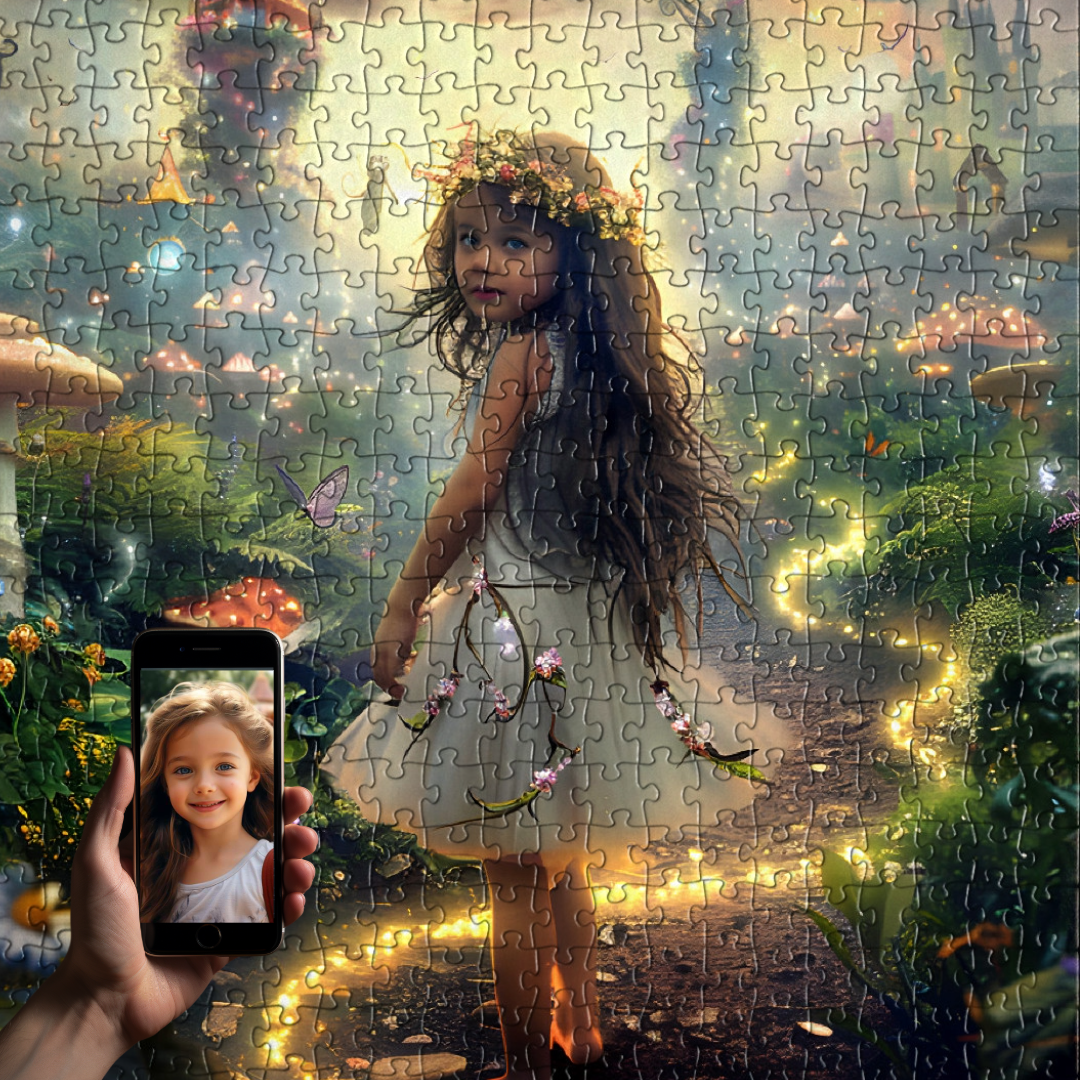
Share and get 15% off!
Simply share this product on one of the following social networks and you will unlock 15% off!